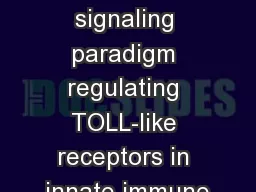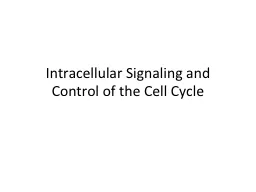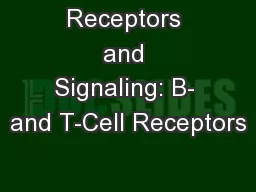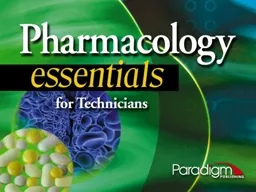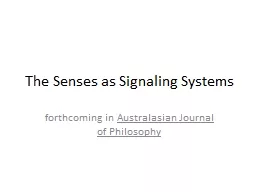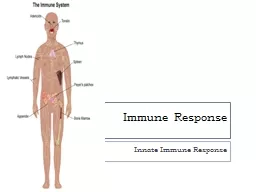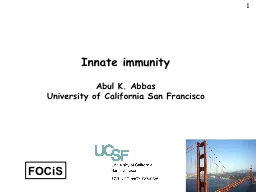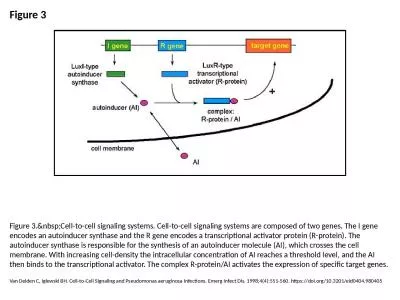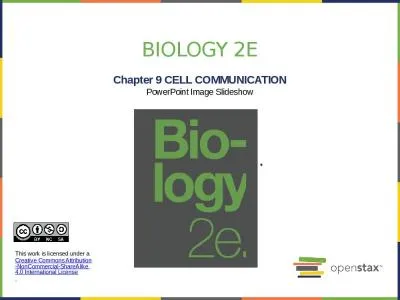PPT-Novel signaling paradigm regulating TOLL-like receptors in innate immune
Author : sherrill-nordquist | Published Date : 2018-03-18
cells Samar Abdulkhalek and Myron R Szewczuk Dept Biomedical and Molecular Sciences Queens University Kingston K7L 3N6 Ontario Canada speaker A novel signaling
Presentation Embed Code
Download Presentation
Download Presentation The PPT/PDF document "Novel signaling paradigm regulating TOLL..." is the property of its rightful owner. Permission is granted to download and print the materials on this website for personal, non-commercial use only, and to display it on your personal computer provided you do not modify the materials and that you retain all copyright notices contained in the materials. By downloading content from our website, you accept the terms of this agreement.
Novel signaling paradigm regulating TOLL-like receptors in innate immune: Transcript
Download Rules Of Document
"Novel signaling paradigm regulating TOLL-like receptors in innate immune"The content belongs to its owner. You may download and print it for personal use, without modification, and keep all copyright notices. By downloading, you agree to these terms.
Related Documents

